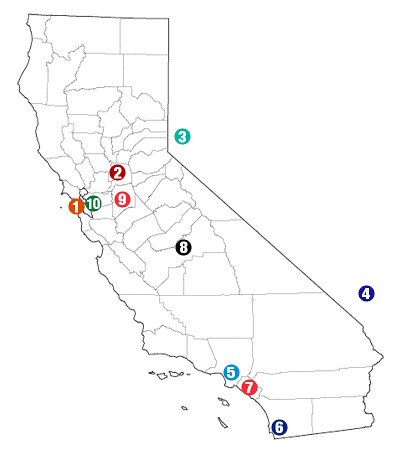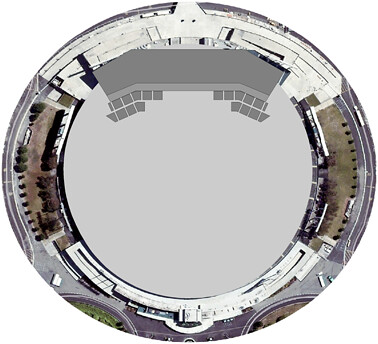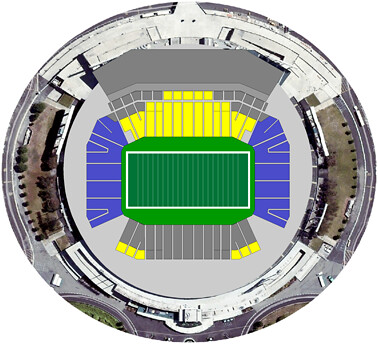The last bit of funding completes the state responsibility. It's now up to Santa Clara County voters to approve Measure B, which is meant to cover operations costs of the extension (it does not claim to guarantee covering those costs). Should the measure pass, the matter would go to the Federal Railroad Administration, which would have to authorize matching funds to pay for $750 million in construction costs. Previously, the FRA didn't support the project in part because of the lack of a method to cover operations costs. The FRA's 2004 decision forced VTA and BART extension supporters to go back to the drawing board in hopes of getting the line built.
Richards ends the article with this appraisal:
From a regional transit perspective, losing funding for the Dumbarton Rail project hurts. I sense that priorities shifted a bit when the High Speed Rail commission chose the Pacheco alignment over Altamont, which would likely have required a revamped or all new Dumbarton rail bridge to cross the bay.But the 2000 measure centered on BART won with a 71 percent approval, by far the biggest margin of victory of five transportation taxes that have gone before voters since 1976. And this week's money boost gives BART backers a head of steam heading into the election.
"Big projects need momentum," said Metropolitan Transportation Commission spokesman Randy Rentschler. "And BART is picking up big momentum."
November 4th is shaping up to be the biggest election day in a generation.







